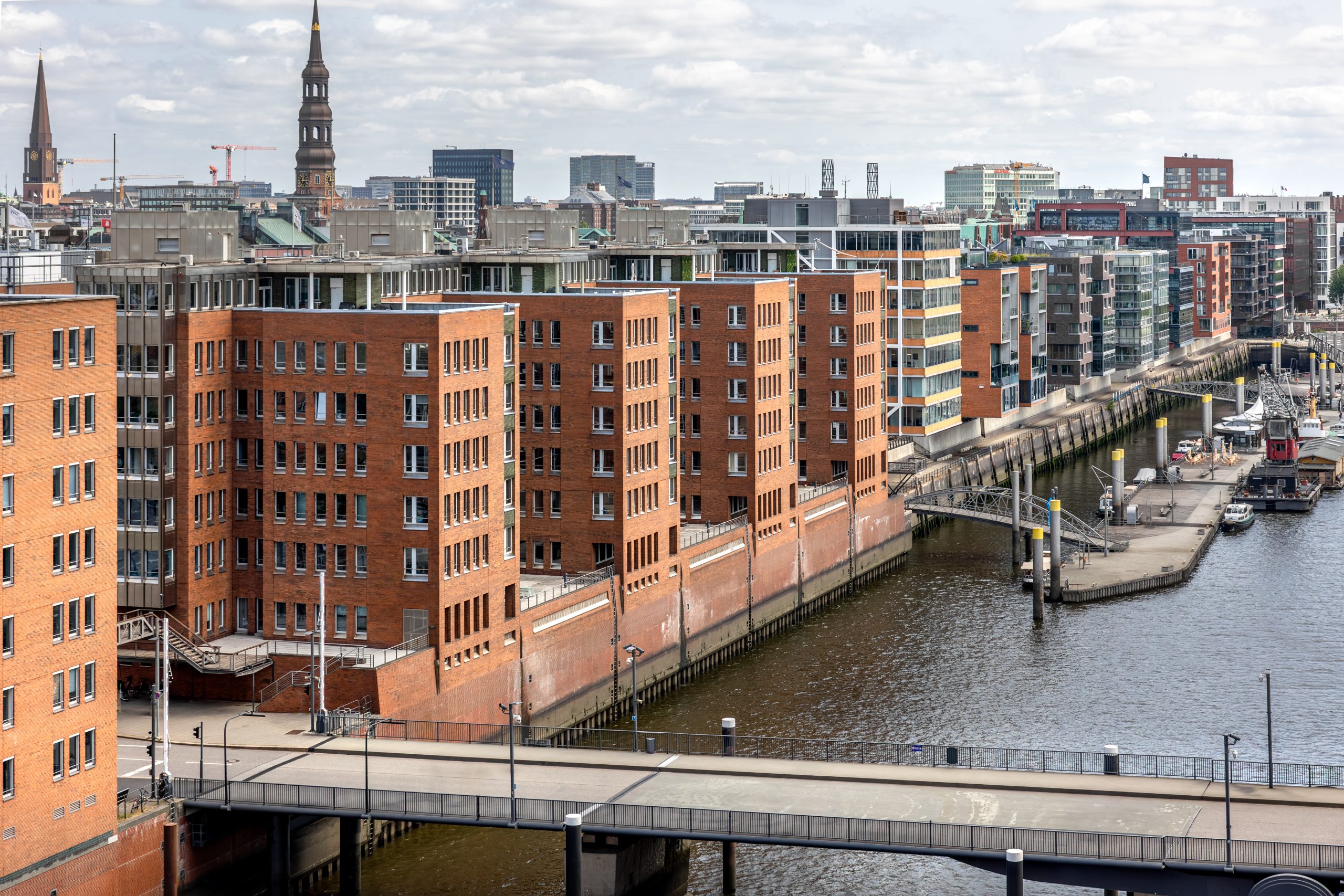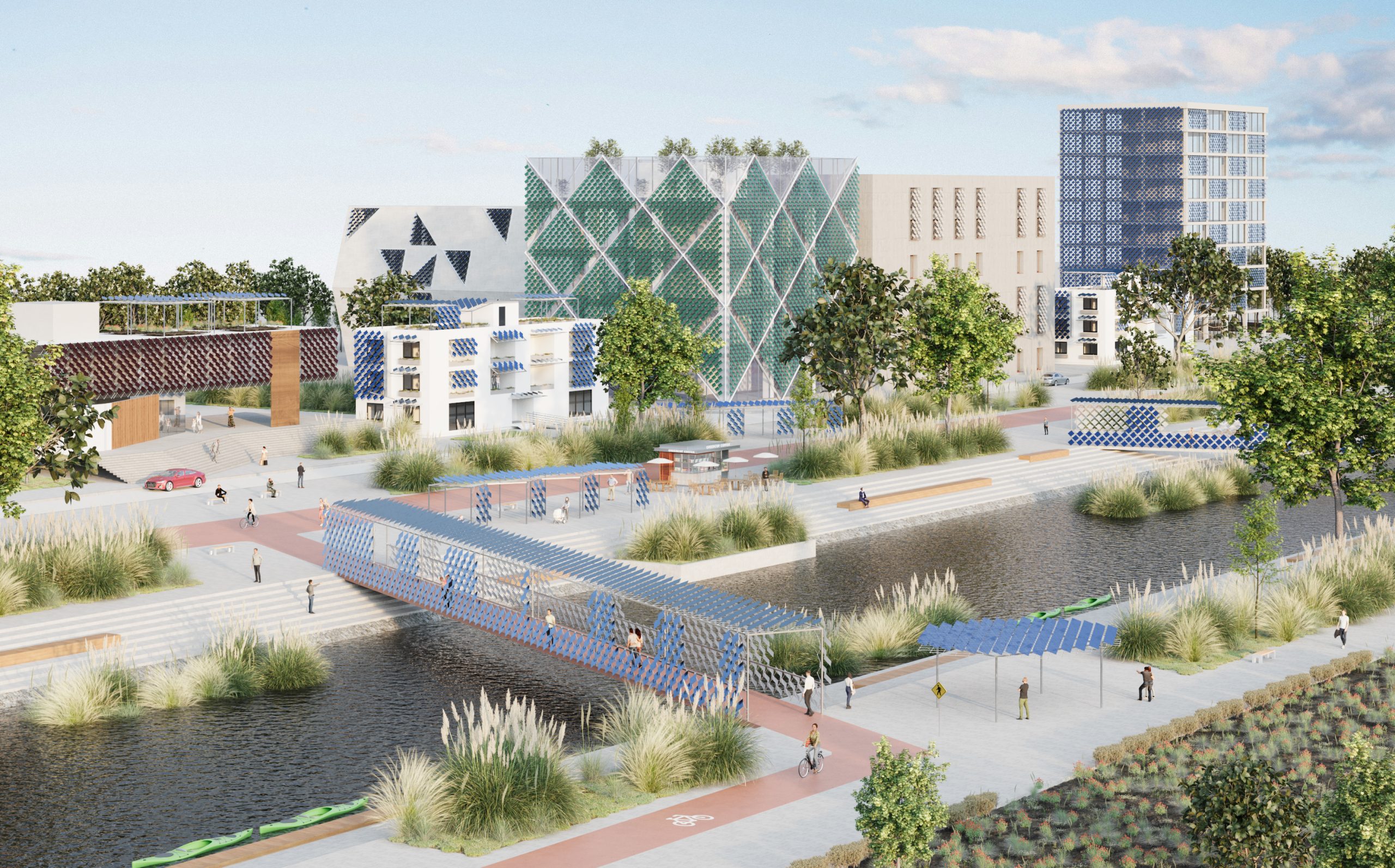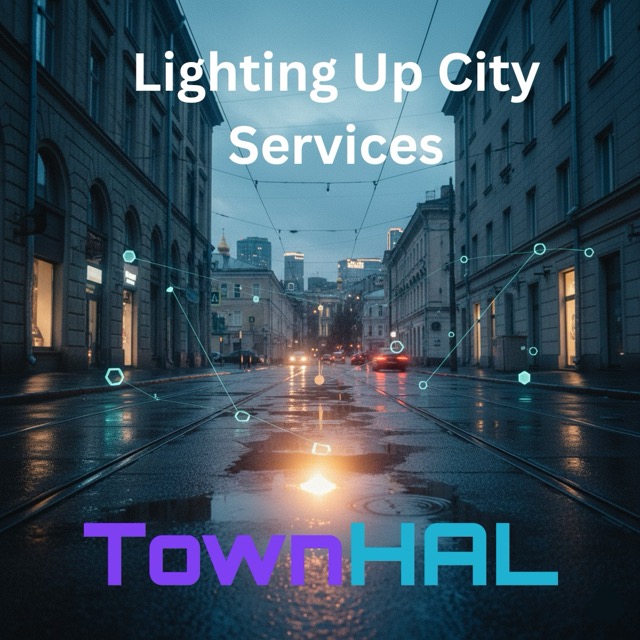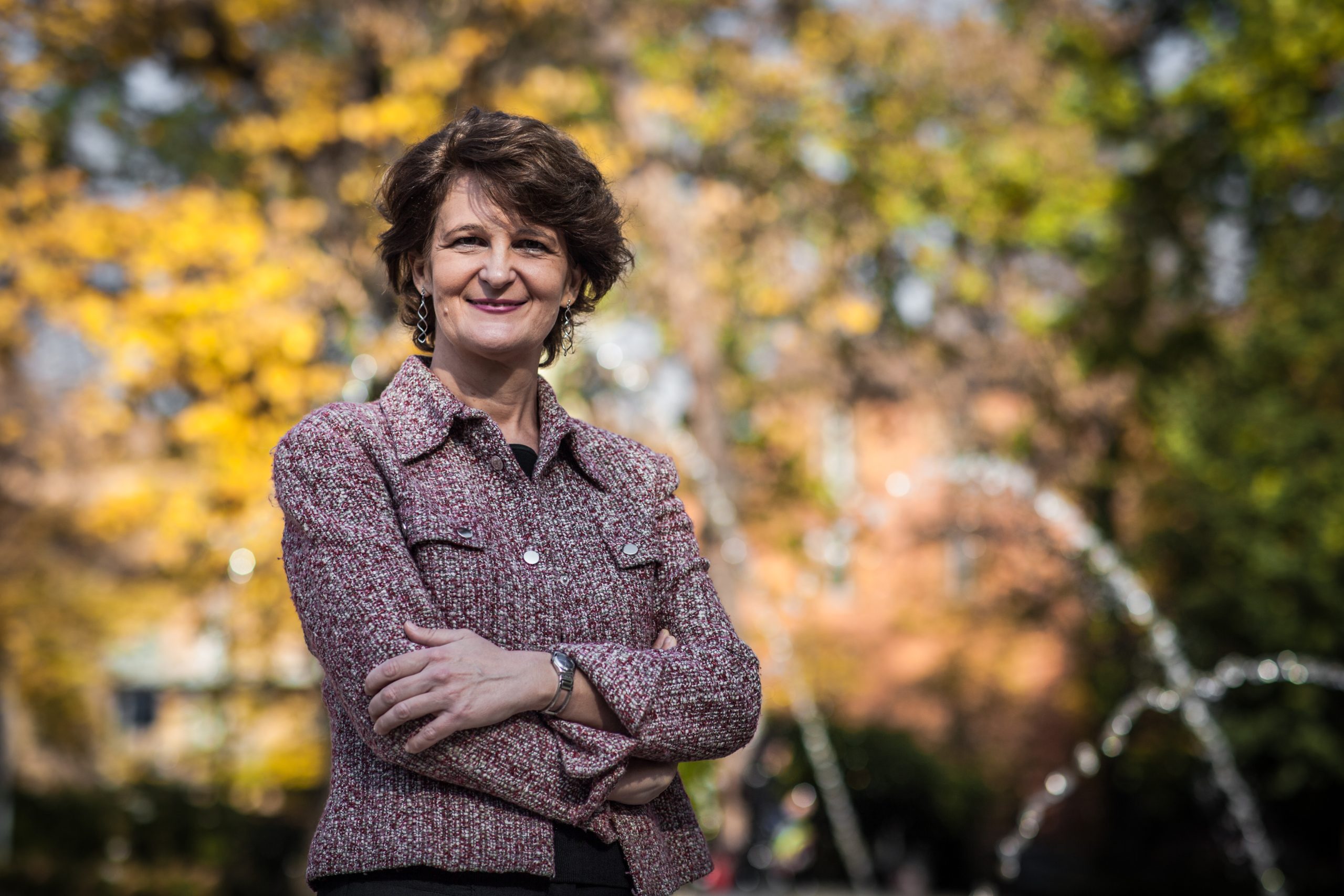AI & the City: Smart Governance for the Future
By Svetlana Tesic, Cofounder of Alliance of European Mayors

Across Europe, cities stand at the crossroads of the next great transformation. Artificial Intelligence is no longer a futuristic idea, it is becoming the invisible infrastructure shaping how we govern, connect, and care. The question is no longer if cities will embrace AI, but how they will do it, and for whose benefit.
As policy makers and industry leaders gather at this year’s Smart City Expo World Congress in Barcelona, one message resonates louder than ever: the future of AI in cities must be human centric, inclusive, and transparent. Europe’s cities are not passive observers of technological change, they are shaping what responsible innovation looks like in practice.
Europe’s leadership in digital ethics has already defined a global benchmark. With the EU AI Act, the Digital Europe Programme, and a new wave of funding under Horizon Europe, cities now have both a mandate and an opportunity to apply AI in ways that serve citizens first.
Yet the gap between ambition and capacity remains real. According to OECD research, nearly 67% of member states are already experimenting with AI to enhance public-service delivery, from automating processes to improving decision-making and fraud detection. But the same reports warn that “skewed data can cause harmful decisions, lack of transparency erodes accountability, and over-reliance may reduce citizen trust.” The OECD reminds us that public expenditure across member countries averages around 40% of GDP, meaning even small efficiency gains can yield major fiscal impact, but only if trust and transparency keep pace with innovation.
McKinsey & Company echoes this paradox in its studies on AI in the public sector. Governments, it finds, face persistent barriers: a shortage of specialised talent, limited investment in AI research and infrastructure, and unclear regulatory guidance. Unlocking AI’s value, McKinsey argues, depends not only on identifying the right use-cases but on building the ecosystem, investing in skills, establishing dedicated AI authorities, and scaling successful pilots across entire organisations. In its latest work on generative AI, McKinsey cautions that while adoption is accelerating, scaling responsibly still requires cultural change, new governance models, and sustained leadership.
Together, these insights highlight a simple truth: cities don’t lack ambition — they lack capacity, coordination, and confidence. The real challenge is not about technology itself, but about creating the conditions for trust, where efficiency gains are matched by transparency, human oversight, and civic inclusion.
Mid-Sized Cities: Europe’s Champions of scale
Nowhere is this transformation more visible than in mid-sized cities, the often-overlooked champions of democratic innovation. From Bologna to Poznań, from Stockholm to Matosinhos, these cities are demonstrating that progress is not a matter of scale, but of courage. They are testing participatory models, experimenting with data-driven services, and proving that proximity to citizens is Europe’s strongest innovation asset. When policies are tested close to the people they affect, innovation becomes tangible, measurable, and deeply human.
How to move from Tools to Trust? AI in the public sector is not just about efficiency, it is about TRUST. Citizens will only support technological progress if they see how it improves their daily lives and protects their rights.
In Helsinki, predictive traffic models powered by AI are optimizing vehicle flow and cutting emissions; Vienna’s adaptive traffic lights adjust in real time to congestion patterns, while Amsterdam uses machine learning to predict crowd movements and improve event safety. In Barcelona, algorithms are reducing energy consumption in public buildings through predictive maintenance, and Copenhagen has introduced AI systems that balance district heating and cooling demand across entire neighbourhoods. Paris is deploying smart waste bins equipped with AI sensors to streamline collection routes, Lisbon uses computer vision to detect illegal dumping, and Stockholm employs AI-driven air quality models to forecast pollution and support green mobility policies. On the governance front, Tallinn has integrated AI-powered chatbots into citizen services, London applies computer vision to improve safety in public transport hubs, and Poznań is testing natural language tools that analyse citizen feedback to make participatory processes more responsive. Together, these examples show that AI in cities is already here, quietly embedded in the systems that make urban life cleaner, faster, safer, and more human-centric.
The Role of AI & the City
The AI & the City initiative was born from hundreds of conversations with mayors, deputy mayors, and innovation leaders across Europe. The message was consistent: curiosity and commitment often exceed available resources. Cities want to innovate responsibly, but they need trustworthy information, access to experts, and examples that work in real life, not theory.
That is why we at Mayors of Europe created AI & the City, an editorial hub dedicated to building bridges between local governments, academia, and industry. It will showcase practical case studies, funding opportunities, and interviews with thought leaders who are defining the future of AI-driven governance.
Through collaborations with innovation ecosystem creators and industry leaders , we aim to support cities not just with inspiration, but with actionable knowledge, helping them make technology meaningful for citizens.
AI & the City is an invitation, to every city leader, technologist, and citizen, to join this European conversation and co-create the blueprint for human-centric urban intelligence. Because the smartest cities will not be the most automated, but the most HUMAN.













